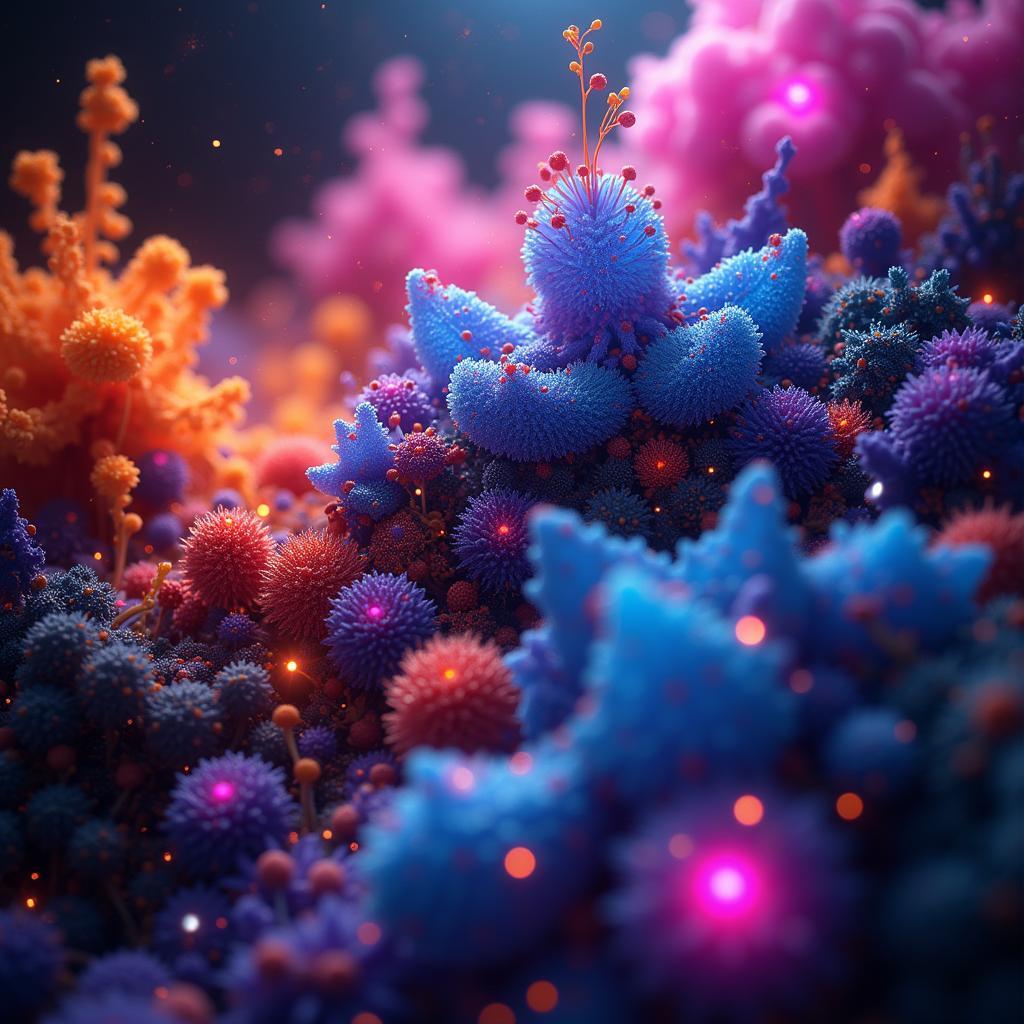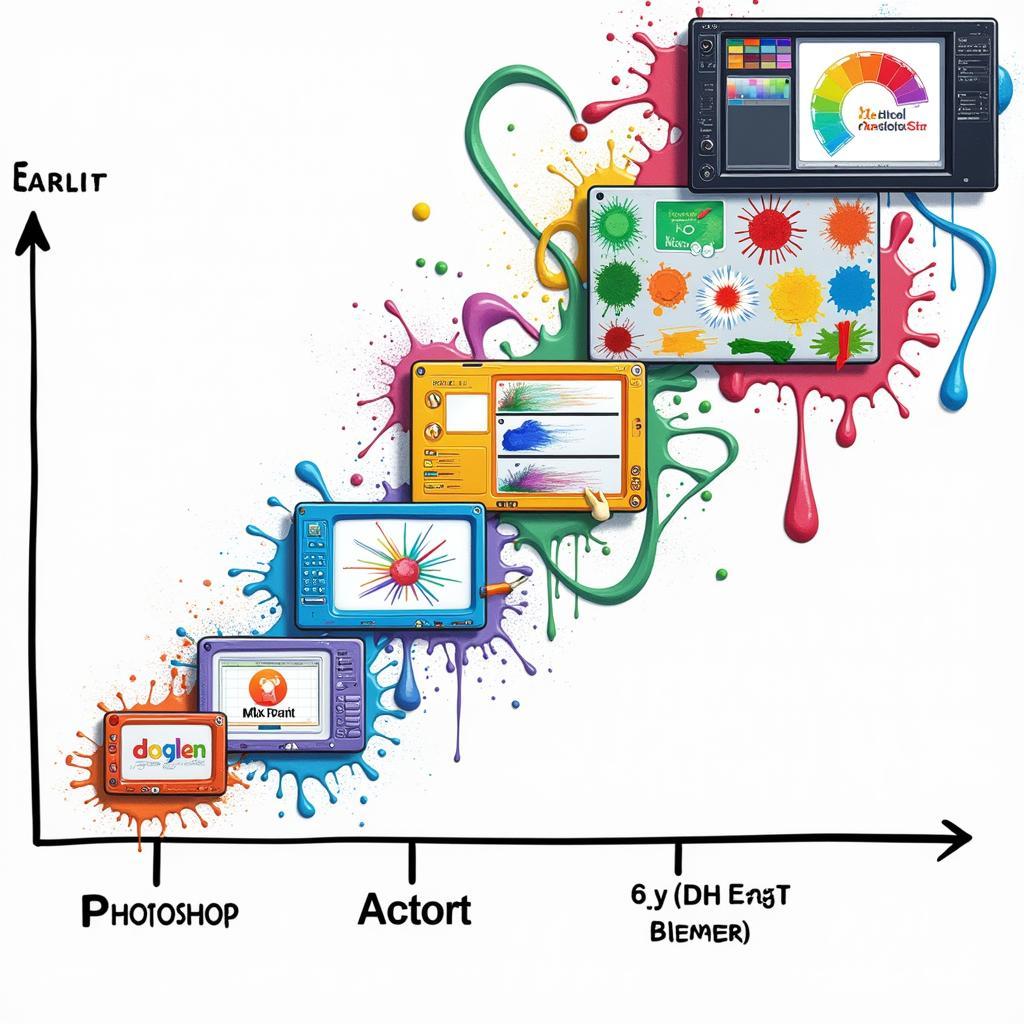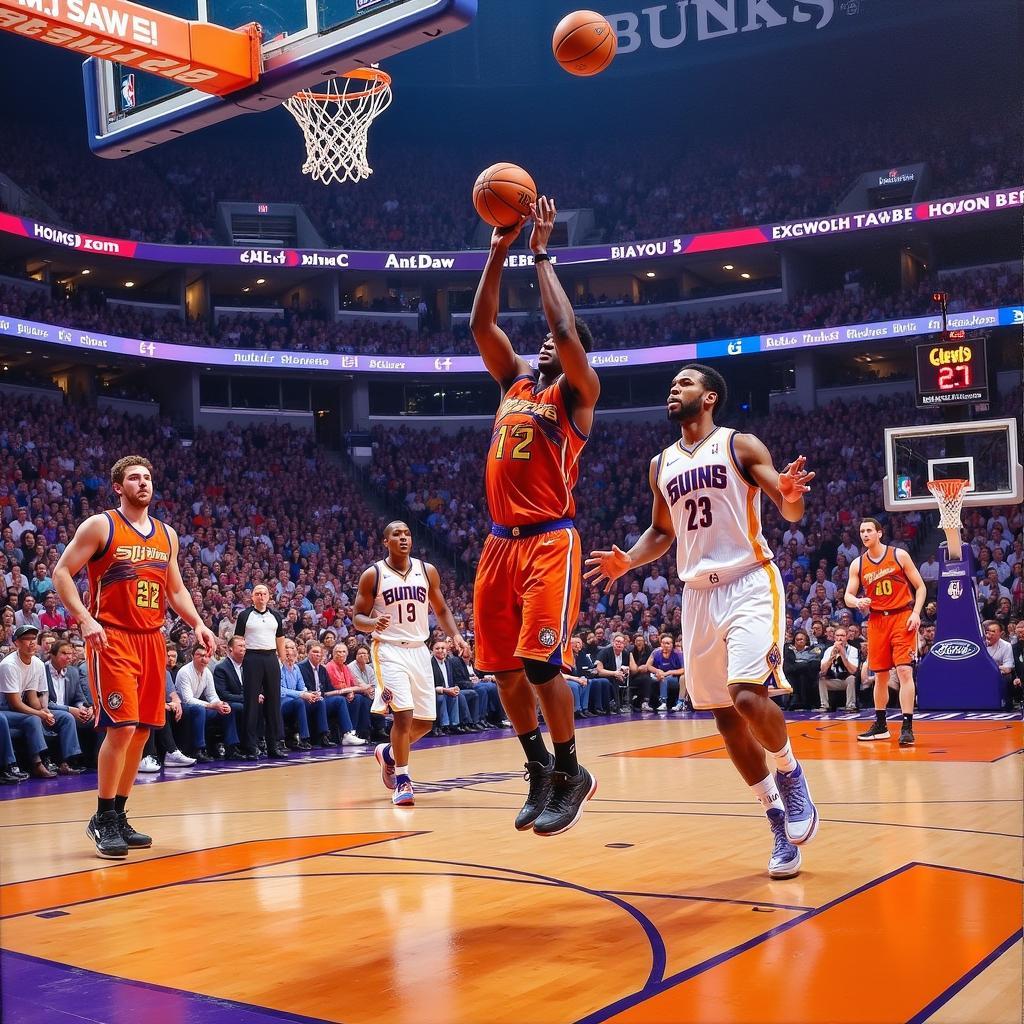Examples of Art Exhibition Proposals: A Comprehensive Guide
Planning an art exhibition can be a thrilling yet daunting task. It demands meticulous attention to detail, a clear vision, and a well-structured proposal to attract attention and secure funding. This guide explores the essential elements of a compelling art exhibition proposal, providing practical examples to inspire your own masterpiece.
Defining Your Exhibition Concept: The Foundation of Success
Your art exhibition proposal begins with a clear and captivating concept. It’s the core idea that will guide every aspect of your exhibition, from the artwork selection to the marketing strategy.
What makes your exhibition unique?
Consider these questions to shape your concept:
- What story do you want to tell? Your exhibition should convey a message, inspire a feeling, or spark a conversation.
- Who is your target audience? Understanding your audience will inform your artwork selection, exhibition design, and marketing efforts.
- What themes or ideas are you exploring? This could be a specific theme, a period in art history, or a contemporary issue.
- What is the overall aesthetic you want to create? This might involve a particular style, color palette, or spatial arrangement.
Example:
Let’s imagine an exhibition titled “Urban Landscapes: A Visual Symphony.” This concept could explore how artists portray the dynamism and complexity of modern urban environments, featuring diverse styles like photography, digital art, and mixed media.
Building a Compelling Art Exhibition Proposal: A Step-by-Step Guide
1. Executive Summary:
- Purpose: Briefly outline your exhibition’s goals and overall concept.
- Target Audience: Specify the intended audience for the exhibition.
- Key Highlights: Mention the most compelling features of your exhibition, such as the artwork, theme, and unique aspects.
Example:
“Urban Landscapes: A Visual Symphony” is an immersive exhibition that explores the captivating interplay between humanity and the built environment. Through a curated collection of contemporary art, we aim to engage a diverse audience, including art enthusiasts, urban dwellers, and those intrigued by the complexities of modern life. Our exhibition will showcase a unique blend of artistic styles, offering a vibrant and thought-provoking perspective on the evolving urban landscape.
2. Exhibition Concept:
- Theme and Scope: Elaborate on the central theme and the scope of the exhibition, highlighting its originality and relevance.
- Artistic Vision: Explain the artistic vision driving the selection of artworks and the overall aesthetic you want to create.
- Target Audience: Detail your intended audience and their potential interest in the exhibition.
Example:
“Urban Landscapes: A Visual Symphony” will examine the multifaceted nature of urban spaces through the lens of contemporary art. The exhibition will showcase diverse styles ranging from vibrant digital art to intimate photographs, capturing the energy, chaos, and beauty of urban environments. By engaging viewers with thought-provoking perspectives, the exhibition aims to stimulate dialogue about our relationship with cities and inspire a deeper appreciation for the human experience within them.
3. Artwork Selection and Curatorial Approach:
- Artwork Overview: List the artists and artworks included in the exhibition, highlighting their relevance to the theme and overall vision.
- Curatorial Rationale: Explain the rationale behind your artwork selection, emphasizing how each piece contributes to the exhibition’s narrative.
- Artist Bios: Provide brief biographies of the participating artists.
Example:
The exhibition will feature a curated collection of artworks from renowned urban artists, emerging talents, and established photographers. Each piece has been carefully selected to represent a diverse range of styles and perspectives, showcasing the dynamic evolution of urban art. The exhibition will include works by [artist name], whose innovative use of mixed media explores the human impact on cityscapes, and [artist name], whose evocative photography captures the raw beauty of urban life.
4. Exhibition Design and Installation:
- Exhibition Layout and Design: Describe the proposed exhibition layout, highlighting key features like gallery space, lighting, and interactive elements.
- Installation Plan: Provide a clear plan for installing the artwork, considering factors like size, placement, and safety.
- Technical Requirements: Outline any technical needs, such as lighting, sound systems, or projection equipment.
Example:
The exhibition will be installed in a spacious gallery setting, allowing for a dynamic flow of visitors. The layout will prioritize visual impact, featuring strategically placed spotlights to highlight the artwork’s textures and details. Interactive displays will be incorporated to offer further insights into the artists and their inspirations. The exhibition design will create an immersive experience, drawing viewers into the captivating world of urban landscapes.
5. Marketing and Outreach:
- Marketing Strategy: Outline your marketing plan, targeting specific audiences and leveraging various channels such as social media, press releases, and partnerships.
- Promotional Activities: Describe specific promotional activities, such as events, workshops, or social media campaigns.
- Target Media: Identify the media outlets you will target for press coverage and promotion.
Example:
To reach a broad audience, we will employ a multi-faceted marketing strategy, utilizing social media platforms, targeted press releases, and collaborations with local art organizations. We will host an opening reception featuring a curated panel discussion with the participating artists, offering insights into their creative process and their perspectives on urban landscapes. Our promotional efforts will be directed toward art enthusiasts, urban planners, and media outlets specializing in contemporary art and city life.
6. Budget and Funding:
- Budget Breakdown: Provide a detailed breakdown of your proposed budget, including expenses for artwork, installation, marketing, and staffing.
- Funding Sources: Specify the sources of funding you will seek, such as grants, sponsorships, or private donations.
- Funding Request: State your funding request clearly, explaining how the funds will be used to realize your vision.
Example:
The total budget for the exhibition is estimated at [amount]. These funds will be allocated toward artwork acquisition, installation and design, marketing and promotion, and staff compensation. We are seeking [amount] in funding through a combination of grants from arts organizations, sponsorships from businesses with a focus on urban development, and individual donations from art enthusiasts.
7. Conclusion:
- Call to Action: Conclude with a strong call to action, emphasizing the importance of your project and urging the reader to support it.
- Contact Information: Include contact information for further inquiries and feedback.
Example:
“Urban Landscapes: A Visual Symphony” presents a unique opportunity to explore the artistic expression of urban life, fostering dialogue and appreciation for the intricate interplay between humans and their built environments. We invite you to join us in bringing this compelling exhibition to life. Your support will be instrumental in showcasing the power of art to illuminate the complexities of our urban world. For inquiries and partnership opportunities, please contact us at [email address] or [phone number].
Key Considerations:
- Visuals: Incorporate high-quality images of the artworks, exhibition space, and promotional materials.
- Professionalism: Ensure your proposal is well-written, free of errors, and professionally formatted.
- Passion and Enthusiasm: Let your passion for the project shine through, inspiring potential partners and supporters.
Example of an Art Exhibition Proposal:
By carefully crafting your art exhibition proposal, you can effectively communicate your vision, secure funding, and create a memorable experience for your audience.


